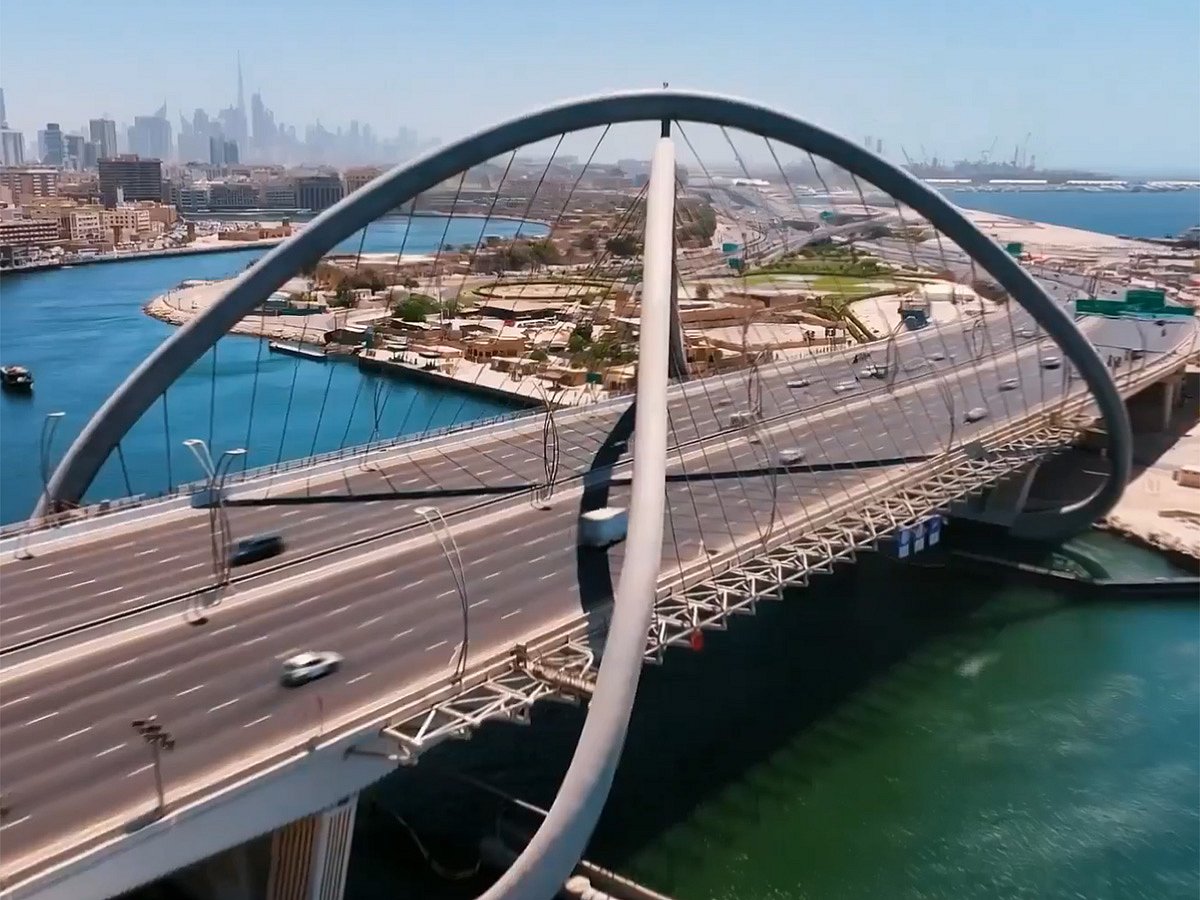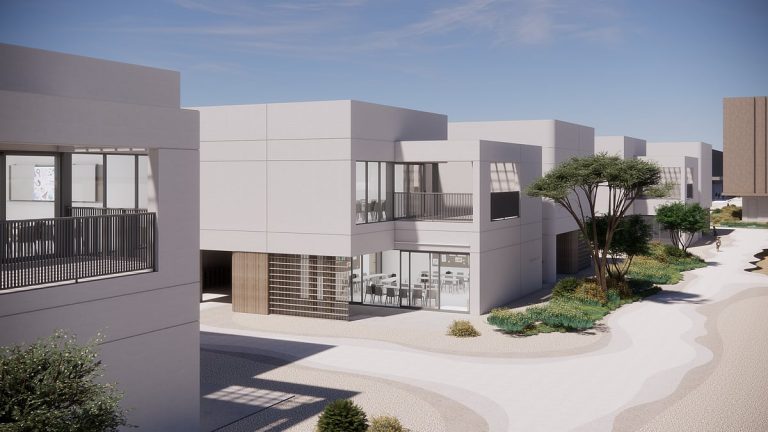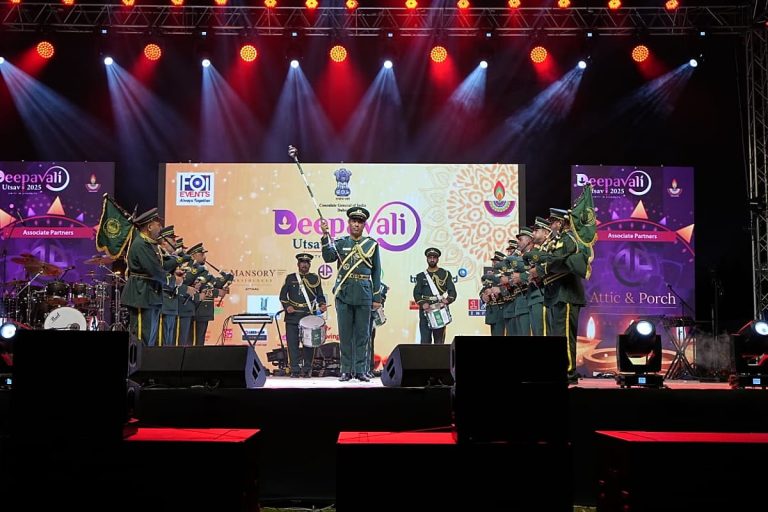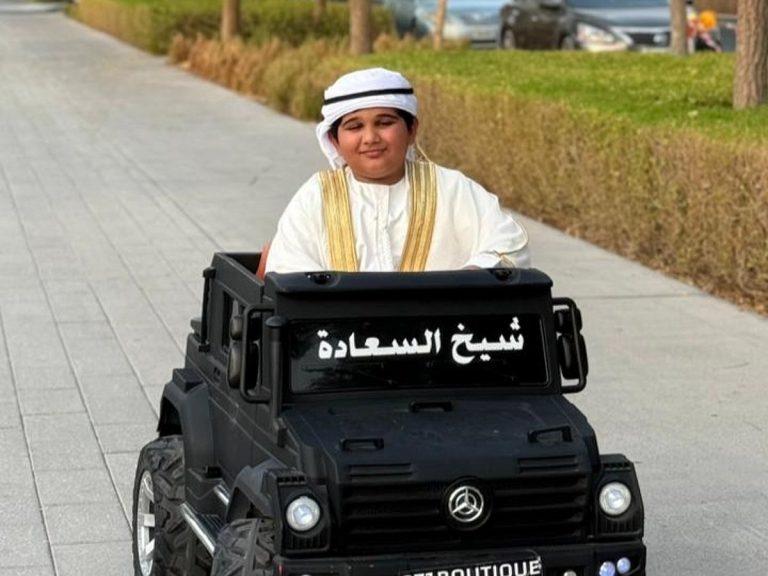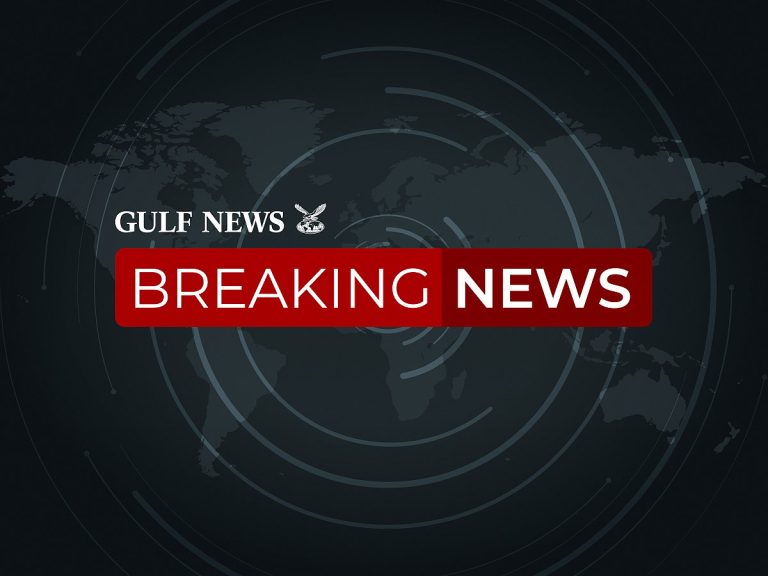Dubai’s Infrastructure Investment Exceeds Dh175 Billion
Over the past two decades, Dubai has made significant strides in enhancing its infrastructure, investing over Dh175 billion. This commitment has played a crucial role in establishing the emirate as one of the most advanced and interconnected cities globally.
Investment in Infrastructure Development
His Highness Sheikh Mohammed bin Rashid Al Maktoum, Vice President and Prime Minister of the UAE, highlighted the establishment of the Roads and Transport Authority (RTA) two decades ago as a pivotal moment for Dubai. The substantial investment in road infrastructure has not only improved transportation but also fostered a skilled team dedicated to managing and executing various infrastructure projects. In a recent statement on X, Sheikh Mohammed emphasized the importance of this investment in building knowledge and expertise within the RTA.
Ongoing Challenges and Future Goals
While celebrating the achievements of the RTA, Sheikh Mohammed reminded the team that their work is far from complete. He noted that as Dubai continues to grow, so do the transportation challenges. The RTA’s mission is evolving, and the focus must remain on ensuring the smooth flow of people and goods throughout the city. Sheikh Mohammed underscored that the future holds even greater responsibilities, and complacency is not an option in this critical area of development.
FAQs
What has been the impact of the Dh175 billion investment?
The investment has significantly improved Dubai’s transportation infrastructure, making it one of the most advanced systems in the world, facilitating better connectivity and mobility for residents and visitors.
What role does the Roads and Transport Authority play?
The RTA is responsible for planning and developing Dubai’s transportation infrastructure, including roads, public transport, and traffic management, ensuring efficient movement within the city.
What are the future challenges for Dubai’s transportation system?
As Dubai continues to grow, challenges such as increased traffic congestion and the need for sustainable transport solutions will require ongoing innovation and investment from the RTA.
Conclusion
Dubai’s substantial investment in infrastructure over the past 20 years has laid a strong foundation for its future growth. As the city faces new transportation challenges, the RTA remains committed to evolving and enhancing its services to meet the demands of a rapidly growing population. Continued focus on development will be essential for maintaining Dubai’s status as a global leader in connectivity.
The extensive investment in infrastructure has not only transformed Dubai’s physical landscape but has also contributed to its economic diversification. By improving transportation networks, the emirate has attracted international businesses and tourism, which are vital components of its economy. The integration of various modes of transport, such as the metro, trams, and bus systems, has facilitated seamless movement across the city, enhancing the overall quality of life for residents and visitors alike. This interconnectedness is a key factor in Dubai’s ambition to become a global hub for trade and tourism.
Moreover, the RTA has embraced technological advancements to optimize transportation services. Initiatives such as smart traffic management systems and the introduction of electric and autonomous vehicles are part of a broader strategy to create a sustainable urban environment. These innovations aim to reduce carbon emissions and improve energy efficiency, aligning with global sustainability goals. The RTA’s commitment to adopting cutting-edge technology reflects Dubai’s vision of a future-ready city that prioritizes environmental stewardship alongside economic growth.
As Dubai continues to expand, the emphasis on public transport will be critical in addressing the challenges posed by urbanization. The RTA is exploring various strategies, including expanding the metro network and enhancing bus services, to accommodate the increasing population and visitor numbers. Additionally, the authority is focusing on promoting alternative transport modes, such as cycling and walking, to create a more balanced and sustainable urban mobility framework. This holistic approach to transportation planning is essential for ensuring that Dubai remains a livable and accessible city in the years to come.
Also Read:
Sheikh Mohammed Offers Diwali Greetings to UAE Residents
New Zakher Intersection and Tunnel Improve Al Ain Traffic
AI Innovations in Abu Dhabi’s Waste Management Strategy

